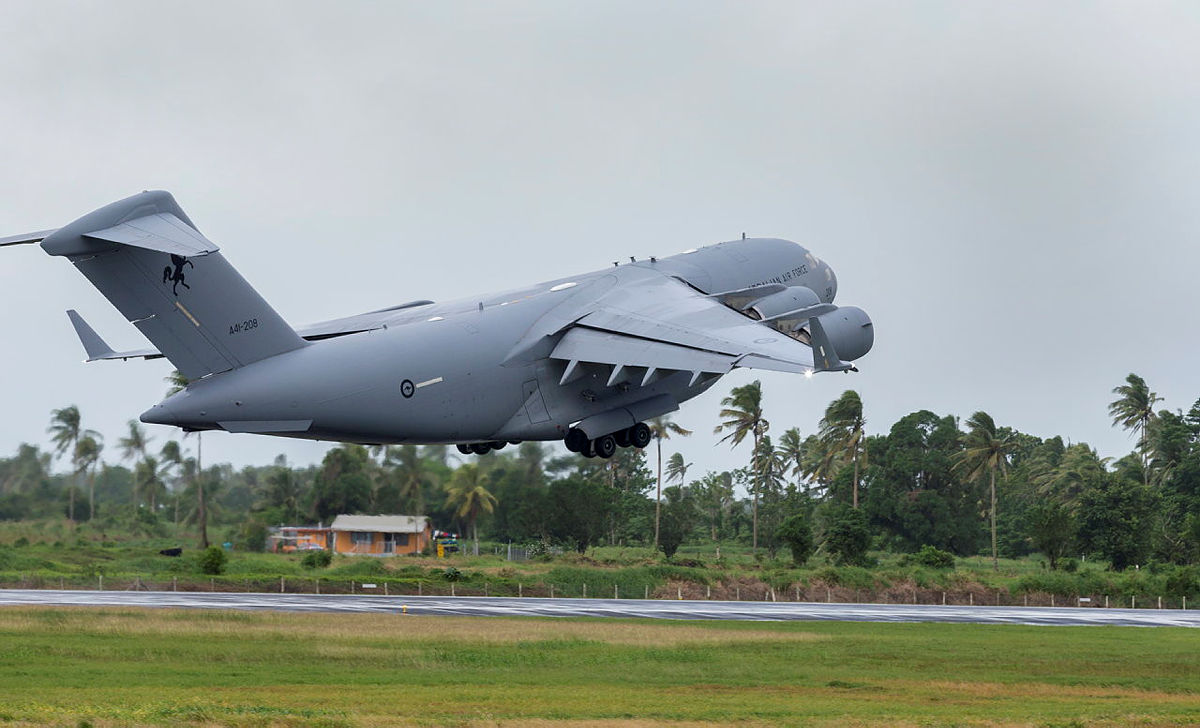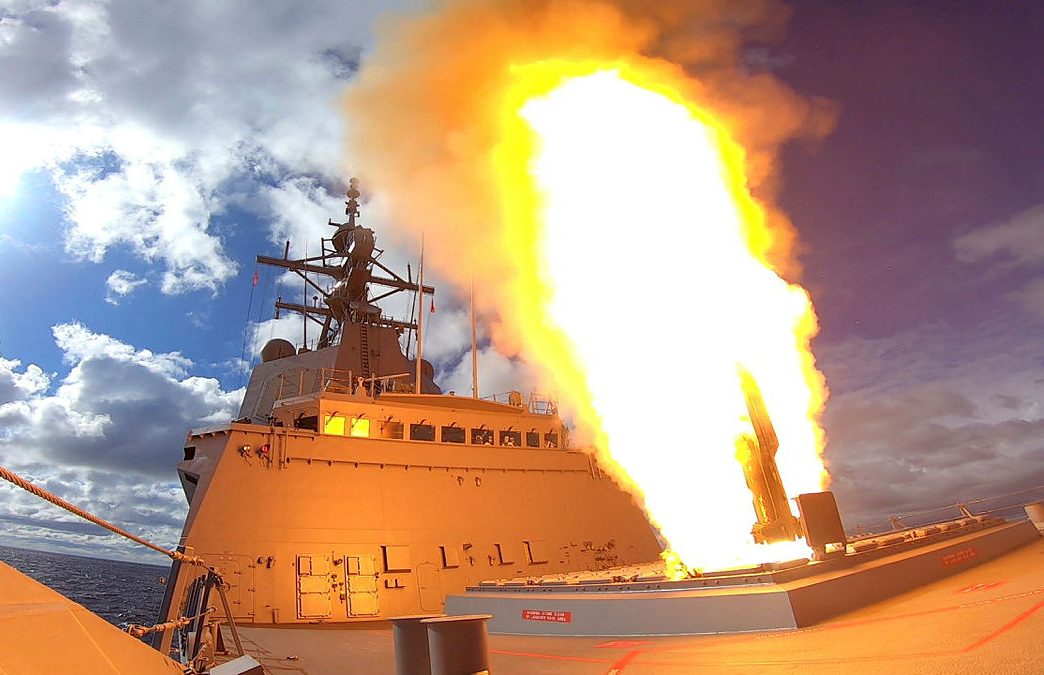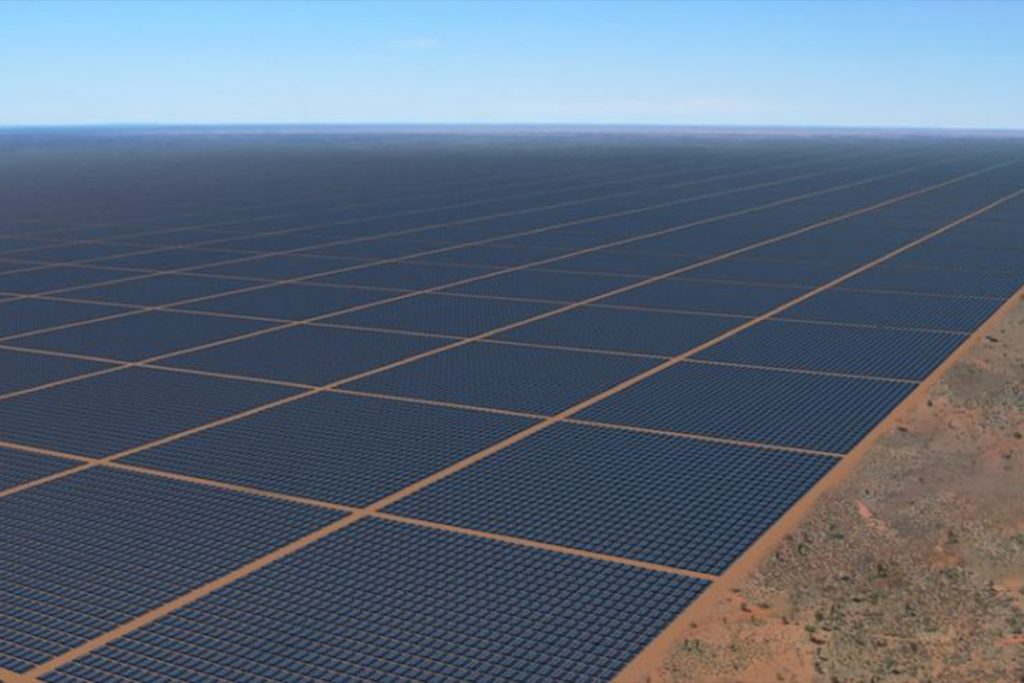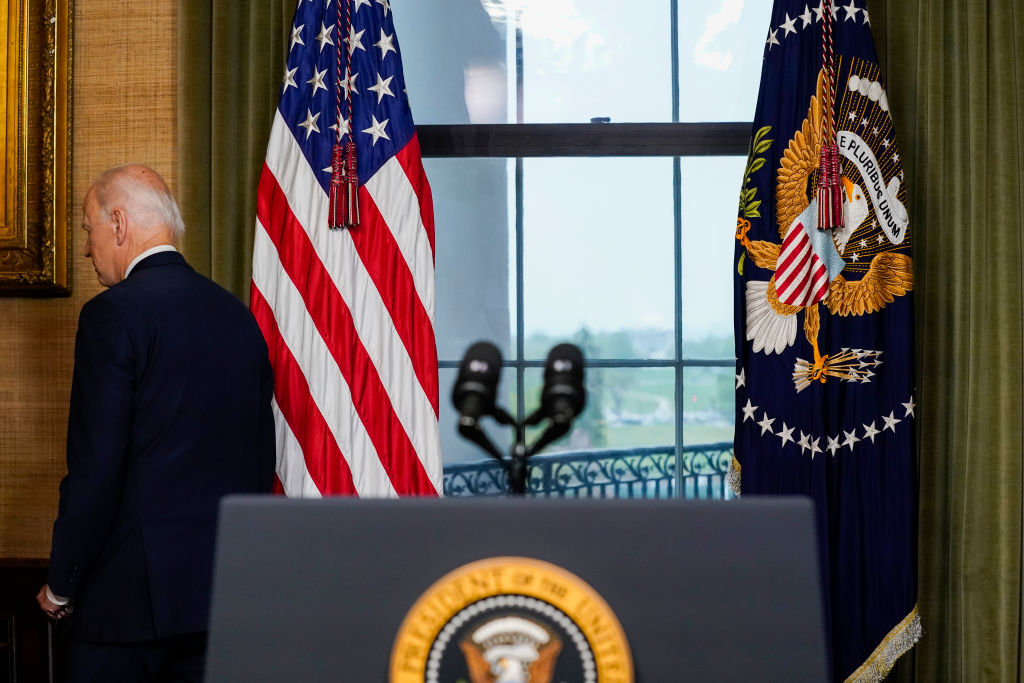ASPI’s decades: The 9/11 era

ASPI will celebrate its 20th anniversary later this year. This series looks at ASPI’s work since its creation in August 2001.
‘A US decision to invade Iraq would be a clear demonstration that September 11 had changed the boundaries of US policy in fundamental ways, and perhaps even changed the US psyche. The long-term implications for US foreign policy could be profound.’
— Australia’s defence after September 11, ASPI, July 2002
The attacks on New York and Washington transformed US strategic policy. The ‘war on terror’ defined America’s 9/11 decade, swiftly shifting Australia’s understanding of the alliance.
Australia’s shock at the Bali bombings in October 2002 was an echo of what America felt in September 2001. Terrorism suddenly sat at the heart of Canberra’s security thinking.
The US showed its extraordinary military power as it invaded Afghanistan and then Iraq. As a committed ally, Australia played a small role in the taking of Afghanistan and in the ‘coalition of the willing’ in Iraq, earning the status of an occupying power.
Swift military victory could not be translated into peace. What America would come to lament as ‘forever wars’ were launched. Iraq was ‘the first major geostrategic blunder of the 21st century’, Allan Gyngell told an ASPI conference in 2006.
For Australian strategy, new life was injected into old arguments about defence of the continent versus the military expeditionary tradition—how to balance a regional focus against vital interests in the global system?
In mid-2002, the institute issued ‘a public debate initiative’ titled Australia’s defence after September 11, prepared by Aldo Borgu with Hugh White and ASPI’s other program directors.
Reflecting the times, the guide had tentative answers to a cascade of sharp questions:
Five years from now, will we look back on September 11, 2001 as being the start of a new era in global security? Will the ‘war on terror’ involve more major military campaigns? Might terrorists use a nuclear, chemical or biological weapon? Where is the United States heading? Has the US psyche changed? Has the fighting in Afghanistan shown us a new way of war? Do we need different capabilities in our defence force, or a different defence philosophy?
To the question of whether global security had been redefined, the paper offered: ‘Perhaps the long-term significance of September 11 will not be that it is the start of a new era in its own right, but rather that it has shown us more clearly the shape of the post-Cold War world in which we live.’
The problem with President George W. Bush declaring a ‘war on terror’ was the implication ‘that the fight against terrorism will be primarily military. This is not the case.’
Deep US outrage at 9/11 and a determination to deliver punishment had ‘greatly amplified’ the Bush administration’s policy instincts. A US invasion of Iraq would show a ‘fundamental’ change in the US psyche with ‘profound’ implications for US foreign policy.
Hugh White, ASPI’s first director (2001–2004), wrote that within months of the institute being launched, ‘ASPI staff were among those arguing against an invasion of Iraq for which the government was doing all it could to build support. It is worth noting that [Prime Minister] John Howard never, at least to my knowledge, made any criticism of the role ASPI staff played in the debates over Iraq, which is a telling testament to his commitment to the concept on which it was established.’
By the time ASPI issued its first strategic assessment, in November 2002, it reported a public mood in Australia that ‘a war in Iraq might be inevitable’. The effect on Australian strategy, Borgu wrote, was to turn Canberra’s eyes away from its ‘concentric circles’ defence strategy, with the circles radiating out from Australia in priority order:
- defending Australia and its direct approaches
- ensuring the security of our immediate neighbourhood
- promoting stability and cooperation in Southeast Asia
- maintaining strategic stability in the wider Asia–Pacific region
- supporting the UN and US in maintaining global security.
The strategic assessment questioned whether Australia was turning from ‘concentric circles’ as the conceptual basis for defence planning towards having a ‘global reach’. Australia’s ability to support the US globally ‘will be limited in military terms, as it should be’. Any backing for the US ‘should not detract from our ability to ensure our security in the Asia–Pacific region, particularly in our immediate neighbourhood’. Any global deployments should be ‘specialised in nature, short-term in duration, and small in numbers’.
Australia’s defence minister during ASPI’s first five years, Robert Hill, was dismissive of concentric circles. Stressing the expeditionary history of Australia’s military, Hill told the institute’s 2005 Global Forces conference that strategic policy had undergone a sea-change:
We don’t believe in isolation. We recognise the limitations of self-reliance and the inherent risk of continental defence. In an increasingly interrelated world, even policies of layered defence will not best protect Australians or Australian interests. As I said once before, we see the seas to our north not as a moat but as a highway to the world. The role of the expeditionary force might have changed, but the need to be able to project our military forces in meeting today’s security challenges is as vital as ever—possibly more so.
The Howard government’s thinking ‘moved away from the geographic determinism of the Defence of Australia school’, judged Peter Abigail, the retired major-general who was ASPI’s executive director from 2005 to 2011.
Abigail described a more overtly outward-looking and proactive approach: ‘In many ways this represents a return to our national strategic roots, our strategic culture if you like, which includes preferences for small but capable standing forces, an external focus for the Australian Defence Force, an interventionist approach to threats to our interests, working within a key alliance with the dominant maritime power and defending forward.’
In 2005, a strategic insights paper argued it was time for the Howard government to produce a new defence white paper, to succeed, replace or build on its 2000 white paper. Peter Jennings said the government must consider what had really changed in Australia’s outlook because of 9/11, and where defence policy sat in Australia’s emerging national security strategy.
Jennings said the Defence Department had struggled to come to terms with a fundamental question:
Australia’s strategists continue to debate whether the terrible events of September 11, 2001 changed everything or changed nothing. The answer is far from trivial because it should shape the structure and roles of the ADF. Broadly, there are two schools of thought. Some argue that the threat from terrorism is so pervasive that it has undermined the traditional role of geography in strategy. A contending school argues that, especially in Asia, the potential for conventional war between states remains sufficiently high that we should still focus on the immediate region.
Political and bureaucratic arguments would be raised against a new white paper. Good quality white papers demanded tough judgements, forcing governments to make difficult choices between competing options. By definition, that limited options for political flexibility, Jennings wrote:
White papers also create losers as well as winners—equipment programs forgone, delivery dates delayed, and old programs cut so money can fund new priorities. These tend not to be popular decisions. Barbara Tuchman’s wonderful line from her book August 1914 is apposite: ‘No more distressing moment can ever face a British Government than that which requires it to come to a hard, fast and specific decision.’
The arguments against a new white paper prevailed. Thus, in a dozen years in office the Howard government had five defence ministers but only one defence white paper; the crucial added element is that in all those years the government always had the same uber defence minister, John Howard.
The prime minister/uber defence minister was satisfied with the equipment and structure choices he made in the 2000 white paper, and ensured the promised cash kept arriving in the budgets that followed; job done, no need to revisit.
The formal adjustments to policy settings were done via defence updates (1997, 2003 and 2007), two foreign policy white papers (1997 and 2003), and policy papers issued on terrorism (2004 and 2006) and Australia’s role in fighting proliferation of weapons of mass destruction (2005). The rolling commentary on Australian strategy was a task the uber defence minister shared with each of his five defence ministers.









